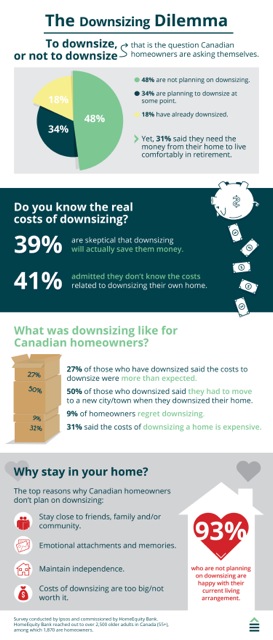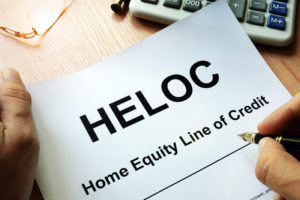
By Michael Plambeck
(Sponsored Content)
It’s important to go over all your options in regard to home financing to ensure you know what your options are and what’s available to you. This is especially crucial if you are a first-time buyer. Though this can seem like an overwhelming process, knowing what your options are based on your credit score, what types of help are available, and how you can improve your credit score if it’s poor or bad, is the best way to figure out what to do.
How to check your credit score
There are many ways to check your credit score to figure out where you are currently at. You can use a number of institutions and resources to check what your credit score currently is, such as using FICO,or Equifax.
It’s never a bad idea to regularly check all of your credit reports in order to be completely sure that the information is both complete and as accurate as possible. This will help you to know where you need to make improvements, how you can do it, and what your situation is at that point in time.
Low credit scores and what your options are
Having a low credit score sends red flags to lenders and deems you a credit risk. In short, this will make it very difficult to get a proper credit loan.
Here is a quick list detailing the range of credit scores and what they mean:
- 300 – 499: Bad credit
- 500 – 579: Poor credit
- 580 – 619: Low credit
- 620 – 679: Average credit
- 680 – 699: Good credit
- 700 – 850: Excellent credit
Having a high credit score means you should have no problem getting a loan from your bank or your credit union. Having a middle credit score, which is a credit score from average to good, you have a wide variety of options available other than your bank or credit union if they deny your application, such as quick loans or by going online.
If you have bad to poor credit, getting credit is going to be very difficult. The fees and interest rates will more than likely be higher than what you can afford, but that’s only if you can get approved at all.
You can do your best to go through the Federal Housing Administration in order to get a mortgage loan, but they only grant loans through FHA-approved lenders, which may pose a problem. They have a list of requirements that must be met in order to get an FHA mortgage loan, which are listed below for you:
- A FICO score between 500 to 579, which equals a 10% down payment
- A FICO score of 580 at the very least, which equals a 3.5% down payment
- Debt-to-income ratio of under 43%
- Mortgage Insurance Premium (MIP)
- The home in question being the primary residence of the borrower
- Proof of employment and a steady stream of income
However, there are options you can go through in order to get the approval you need for a home loan if you’ve exhausted all your other options, which include going for an FHA mortgage loan. Homeloansforall.com, for example, will help you get approved even if you have bad credit and find the resources you need based on your city and state.
No matter what your credit score may be, the financing options you have in front of you, and what the future may bring, once you are approved for any type of loan, it’s important to keep up with your payments in order to keep the home.
To help keep up with your mortgage payments and be clear of the debt, check out how to pay off your mortgage in 10 years.

Michael Plambeck, founder and owner of Home Loans For All, bridges the gap between its content team and industry team by being an expert in both areas. Michael is a home loan expert who has worked closely with loan officers and realtors for over four years, and who is engaged in constant continuing education to make sure he’s up-to-date on all real estate laws and regulations.





